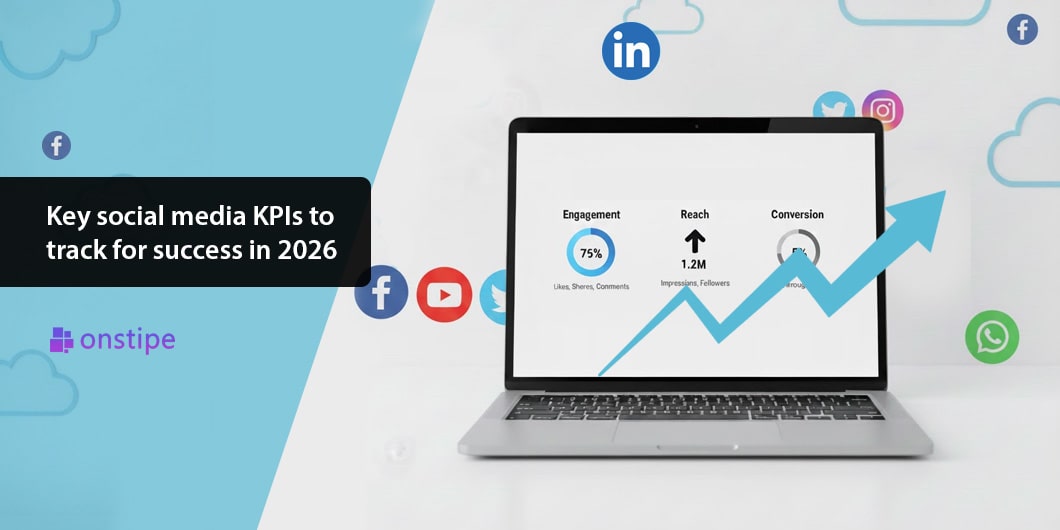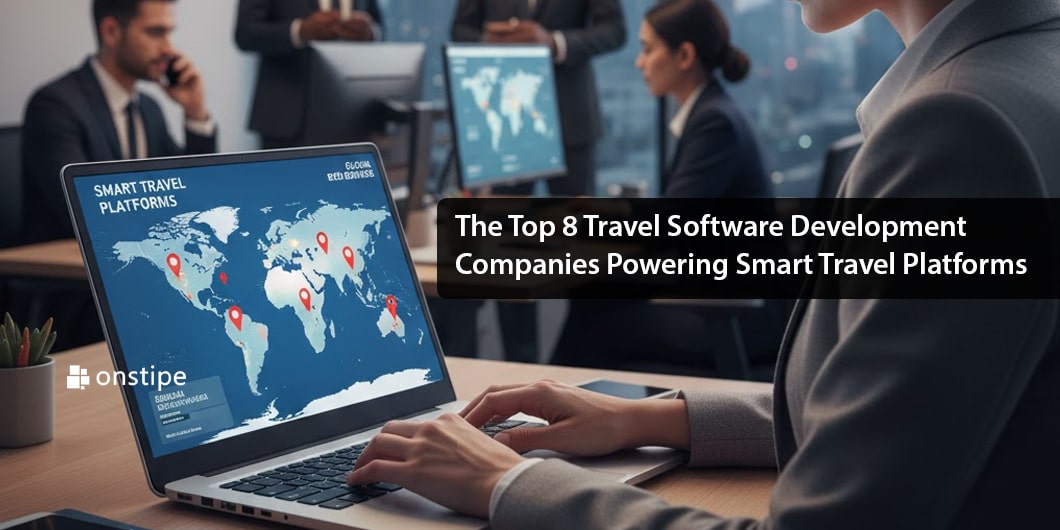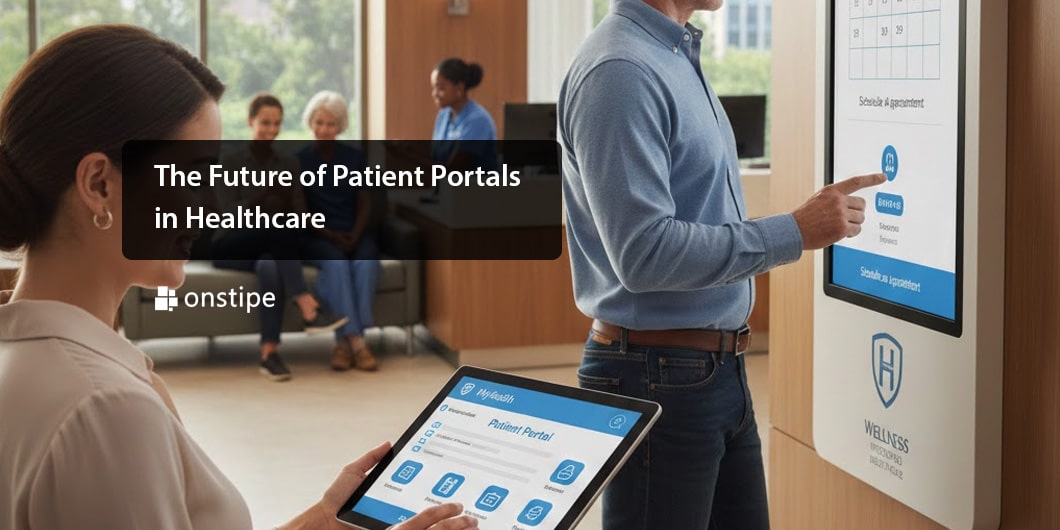Telehealth has grown rapidly and changed the way healthcare providers deliver their services. Medical professionals now use video conferencing to conduct patient follow-ups, provide psychiatric care, and deliver medical education remotely. Patients now have better access to healthcare thanks to this technology.
Digital transformation? It’s not all smooth sailing; new regulations are a major obstacle. Companies are struggling to adapt.
Learn how to select and configure a video platform that meets HIPAA standards. Patient privacy is a top priority. Learn about the security features and training that make virtual healthcare safe and effective.
HIPAA Requirements for Healthcare Video Calls
Healthcare providers must follow strict regulations when implementing telehealth video conferencing. HIPAA’s regulations safeguard sensitive health data shared in virtual consultations. This means your information is protected when you see a doctor online. We should go over the specifics now.
What Makes Video Conferencing HIPAA Compliant
HIPAA compliance for video platforms goes beyond simple security, it needs multiple specific safeguards. A properly compliant system must include:
- End-to-end encryption to prevent unauthorized access during transmission
- Strong access controls with unique user identification features
- Automatic log-off functions after periods of inactivity
- Breach notification mechanisms to alert users of unauthorized access
- Person/entity authentication to verify participants’ identities
Many popular video platforms don’t have these fundamental protections. To name just one example, standard Skype fails HIPAA compliance because, although it encrypts data during transfer, it doesn’t protect information “at rest” on servers, lacks audit controls.
You should also know that phone-based telehealth services have different requirements. Audio-only telehealth using standard telephone lines (traditional landlines) doesn’t fall under the Security Rule because the information isn’t considered electronic transmission. In spite of that, this exemption doesn’t apply to VoIP services or mobile technologies using internet, cellular, or Wi-Fi networks.
Business Associate Agreements (Baas)
Business Associate Agreements are the foundations of HIPAA compliance for video platforms. This contract clearly defines responsibilities between your healthcare organization and the technology vendor handling protected health information (PHI).
The BAA specifically outlines:
- How the vendor will handle PHI
- Security measures they’ll implement
- Breach notification protocols
- Scope of services provided
Software vendors who create, receive, maintain, or transmit sensitive healthcare data must sign a BAA. HHS has made it clear that vendors who claim they can’t access encrypted PHI because you hold the decryption key still need BAAs, as they maintain “persistent access” to PHI passing through their servers.
Security And Encryption Standards
End-to-end encryption stands as the gold standard for HIPAA-compliant telehealth. Only the person you intend to see it can read your data. Platforms offering SSL/TLS encryption with proxy and firewall traversal capabilities provide maximum protection.
Authentication is super important. A compliant platform should include:
- Multi-factor authentication
- Strong password requirements
- Role-based access controls
- User behavior monitoring
The verification technology must confirm connections to legitimate servers rather than impostor ones. The video encounter shouldn’t proceed if a secure connection can’t be established.
Documentation And Audit Requirements
Documentation serves as the backbone of HIPAA compliance. Your organization needs to track and log every piece of PHI. The Security Rule doesn’t specify exactly what information to track, but your risk assessment plan should determine which data points need monitoring.
Note that access to audit trails must stay “strictly restricted” to designated IT team members and management directly responsible for security monitoring. Following this rule keeps your documents reliable.
Compliance is a breeze with automated audits. Tracking user activity is common; many sites record logins, session details, and every action users take. Reports are automatically created when we look into possible rule breaking.
Healthcare providers can use video conferencing with confidence while maintaining patient privacy and regulatory compliance by following these requirements.
Selecting the Right HIPAA Compliant Video Platform
Selecting a telehealth solution needs a good look at security features, cost, and compatibility. So many choices can make picking one tough. The best option for you will depend on a variety of elements; price, features, and your personal needs are all important.
Key Features To Look For
HIPAA-compliant video platforms need several important security elements:
End-to-end encryption forms the foundation of any secure telehealth solution. This technology protects data during transmission so only intended recipients can see it. Patient data is safe during video chats if the platform uses AES-256 encryption.
Access controls protect your virtual practice. Good platforms provide:
- Multi-factor authentication
- Strong password requirements
- Role-based permissions that limit access to sensitive information
- Automatic session timeouts when inactive
Audit trails monitor all system activity and create detailed logs of patient data access. Compliance audits and security investigations are much easier with these records. They provide valuable information. Business Associate Agreements are must-haves. Vendors handling protected health information must sign a BAA that outlines their duty to protect patient data. Stay away from providers who won’t offer this legal protection.
Security’s important, but let’s not forget, this thing has to be easy to use! Cloud-based platforms with one-click meeting access make things easier for providers and patients. On top of that, platforms with secure messaging let you communicate safely between appointments.
Budget Considerations For Different Practice Sizes
The size of your practice often determines the ideal telehealth video conferencing solution. Solo practitioners usually need affordable, simple solutions. Small practices do well with platforms that offer simple features and clear pricing.
Larger healthcare organizations usually need more advanced solutions with better administrative controls, but these cost more. Here are questions to ask when looking at budget options:
- Will the platform grow with your practice?
- Do premium features like data analysis or session recording cost extra?
- Does the subscription fit how you’ll use it?
- What support services come with the base price?
Note that cheaper isn’t always better. Platforms with good training resources and quick support can save money by reducing setup problems and technical issues.
Integration With Existing Healthcare Systems
The ability to work with Electronic Health Records (EHR) systems stands out as one of the most useful features. This connection lets providers:
- See patient data during consultations
- Update records right after each session
- Cut down on manual entry mistakes
- Keep all patient information in one current system
The right platform should connect with your existing EHR to reduce the risk of staff using unsafe tools that might expose patient data. Workflows become easier; everything works better.
Integration is improved with smart scheduling. Platforms that let patients book their own appointments and get automatic text or email reminders help reduce missed appointments. This takes work off your staff and keeps schedules full.
Your specific practice needs should guide platform selection. Some vendors can tailor their services to match your workflows, though this might cost extra. You’ll need to find the right mix of standard features and custom adjustments based on what your practice needs.
Conclusion
HIPAA compliant telehealth video conferencing needs attention to several key areas. Security features, the platform you use, how it’s set up, and staff training, these all play a big part in keeping patient data private.
Think strong security for patient data. That means encrypted systems, controlled access, and detailed, accurate documentation. This is crucial for good healthcare. The physical setup and network security need constant monitoring. The core team’s training serves as the last line of defense against privacy issues.
Your practice’s size and specific needs determine the right video platform. Small clinics can use simple solutions like Doxy.me. Large organizations often work better with detailed platforms like Zoom for Healthcare. Any platform you choose must provide a Business Associate Agreement.
Think great patient care. Think virtual platforms. Healthcare providers are using technology to improve how they help people.
Regular security protocol updates and team training sessions keep HIPAA compliance strong. Patient privacy is safeguarded while providers use virtual care thanks to these helpful guidelines.







